- Joined
- Mar 5, 2014
- Messages
- 381
I have acquired a pair of Allen Bradley Bulletin 161 VFDs.
I see that they are capable of having a digital or analog remote.
How can I build a remote for Forward-Stop-Reverse
I have this VFD installed on a Arboga Gear Head Drill Press made in Europe. In its original 3phase 440 configuration you could turn the rotary switch from forward to reverse for tapping operations. Currently the VFD gives an error when the rotary switch is moved while running.
This unit makes a horrible high pitched whine, is this normal?
Thanks
John
PS My account was deleted for some reason, I do not have access to my previous post about this drill press.
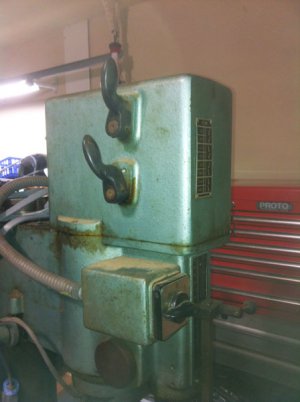
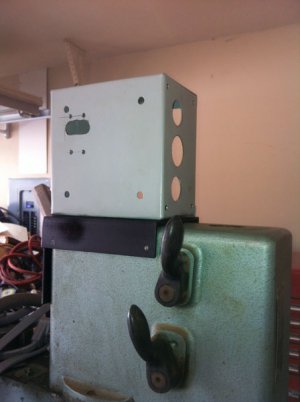
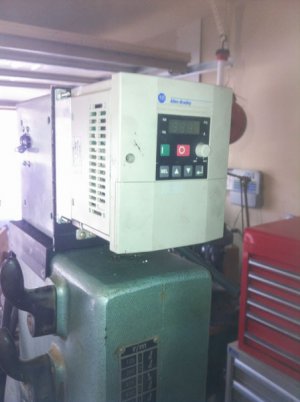
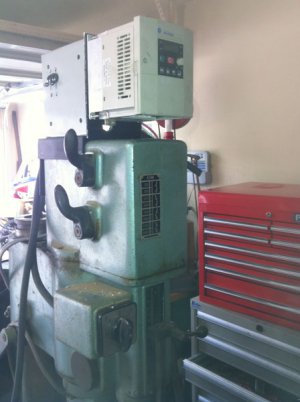
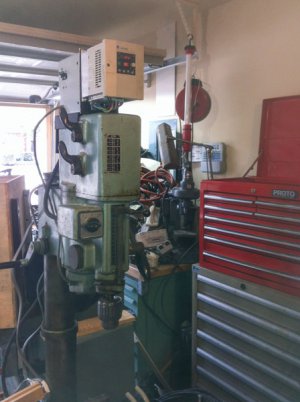
I see that they are capable of having a digital or analog remote.
How can I build a remote for Forward-Stop-Reverse
I have this VFD installed on a Arboga Gear Head Drill Press made in Europe. In its original 3phase 440 configuration you could turn the rotary switch from forward to reverse for tapping operations. Currently the VFD gives an error when the rotary switch is moved while running.
This unit makes a horrible high pitched whine, is this normal?
Thanks
John
PS My account was deleted for some reason, I do not have access to my previous post about this drill press.





Last edited:

